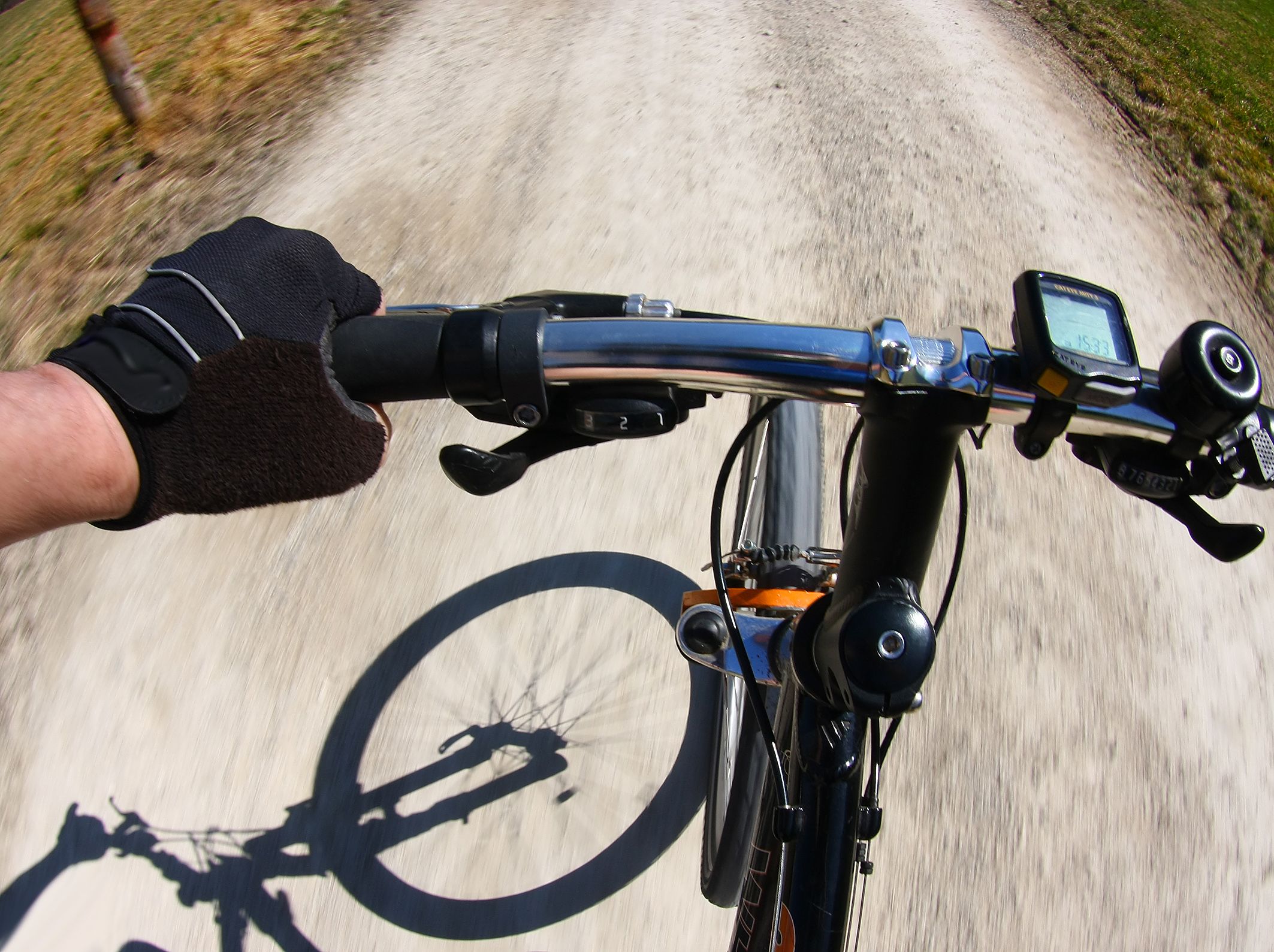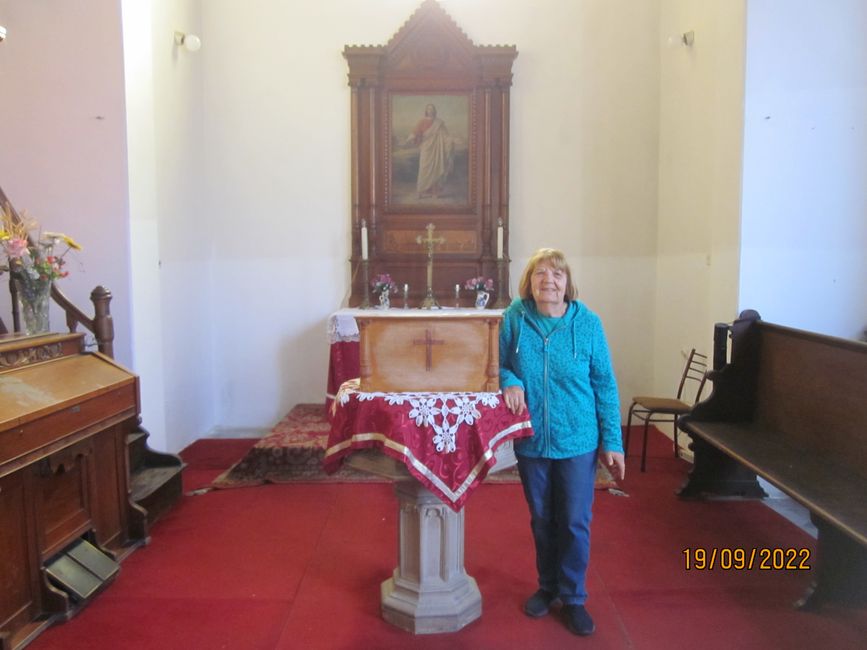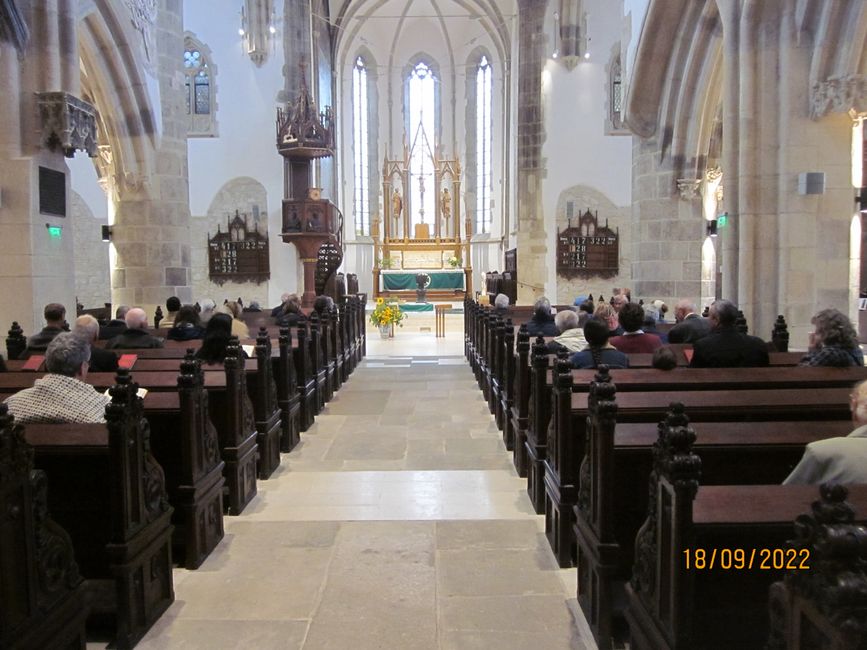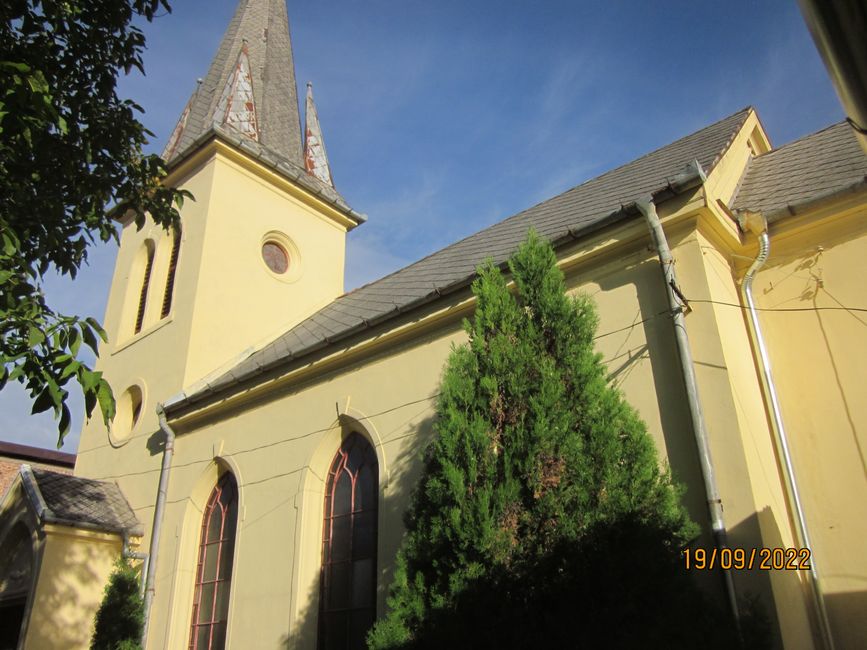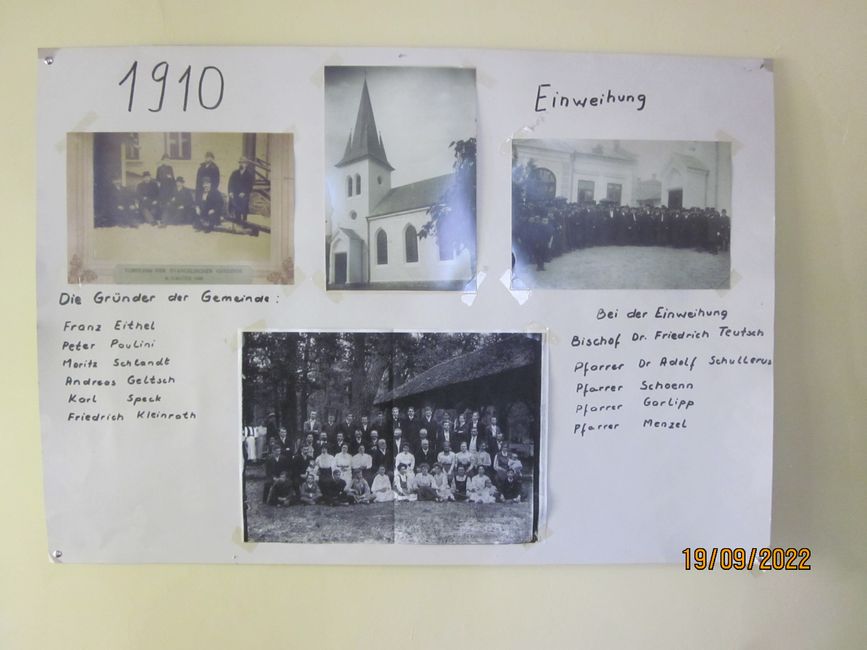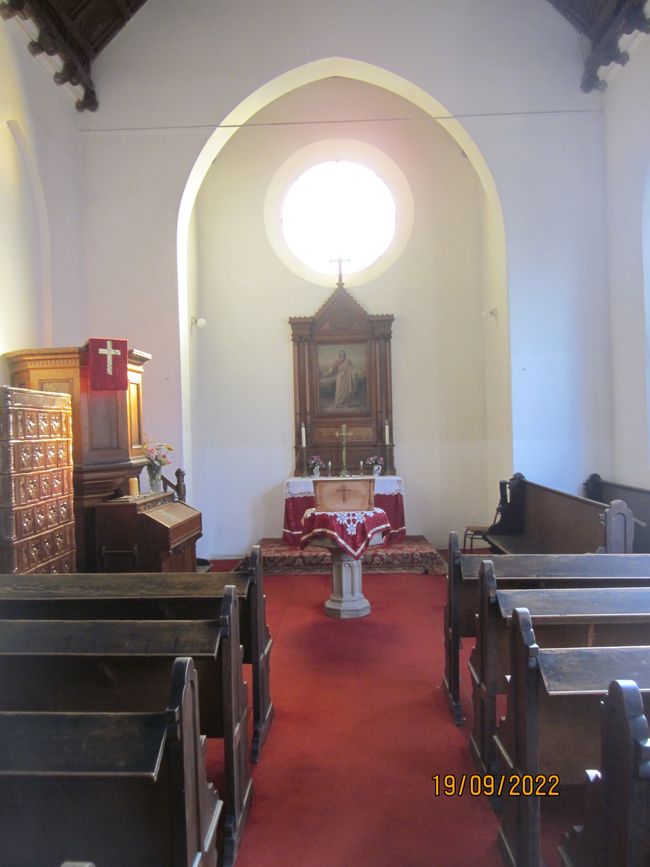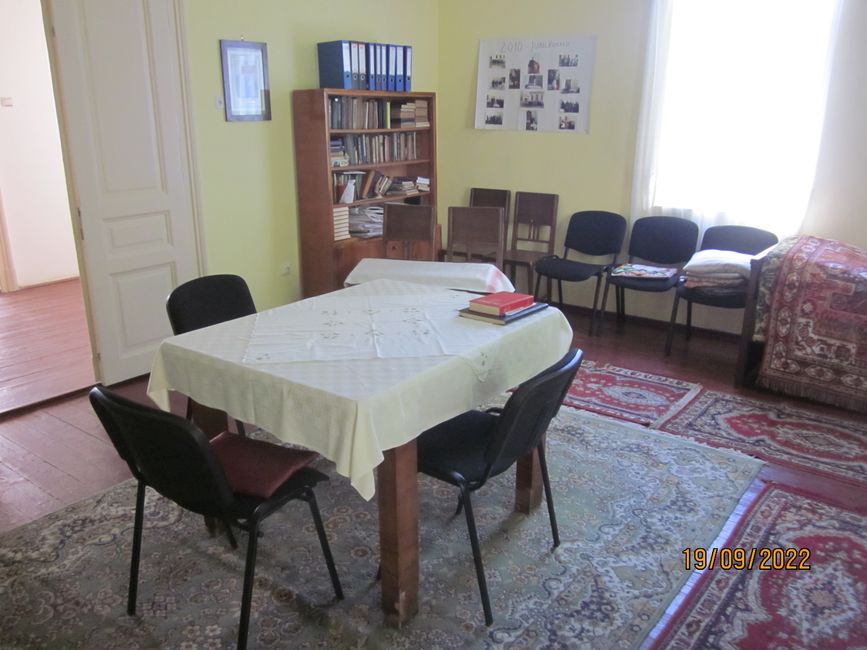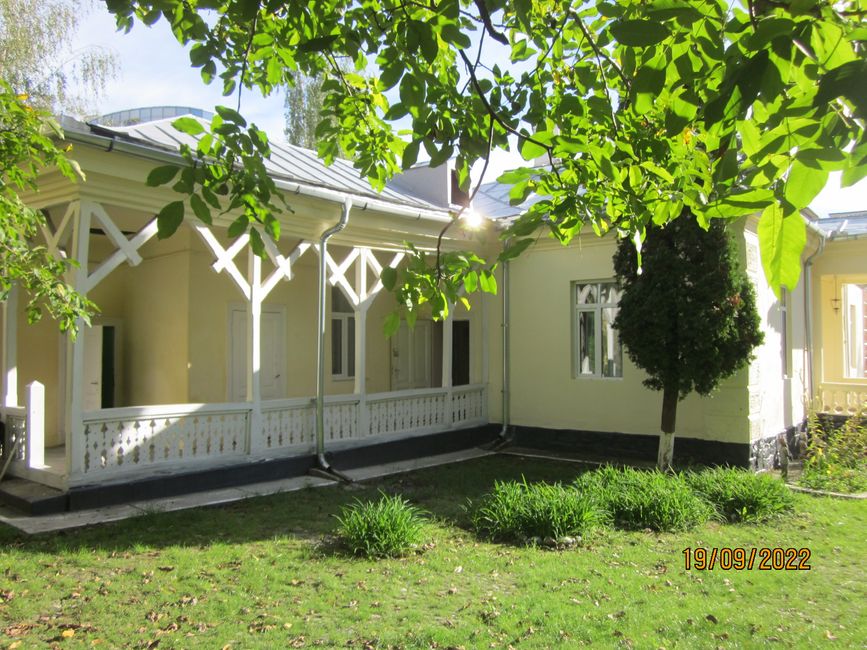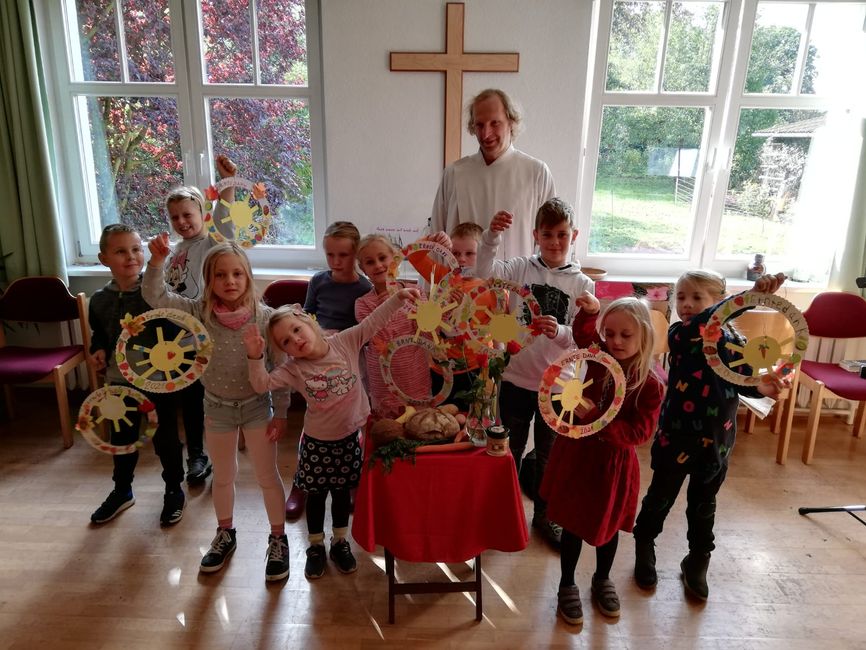
Go East - Mit dem Fahrrad zu Ev. Gemeinden in Osteuropa
vakantio.de/go-east-mit-dem-rad-zu-gemeinden-in-osteuropa
72nd Day - Sept 18th: Ramnicu Valcea - Departure to Wallachia
Publicat: 20.09.2022
Aboneaza-te la Newsletter
I have been traveling in Romania for two weeks now. Today was the time to say goodbye to Sibiu in general and Transylvania in particular. In the morning, I attended the church service at the city parish church of Sibiu and had the opportunity to give a greeting and present my travel journey through Eastern Europe. Little did I know what it would trigger in someone's heart. Right after the organ postlude, Mr. Philippi, a retired geography professor, church elder, and member of the church council of the Protestant Church in Romania, approached me and wished me a safe journey and invited me for a conversation at a cafe. We quickly engaged in a conversation about my journey. He mentioned that there are still two small Lutheran diaspora communities south of Sibiu and immediately arranged contacts and accommodation options in Ramnicu Valcea and Craiova in Wallachia. That was a blessing for my final days in Romania.
However, Wallachia is not an invented or imaginary description of a backward and rural region, but a region with a rural character south of the Fagaras Mountains. The destination for the day was the county seat of Ramnicu Valcea. However, not cycling on the bicycle, but by train. The only road there leads for long stretches through the narrow Olt Valley, which is also the main transit route for all trucks heading to Istanbul, just like me. Accordingly, the traffic is very dense. Several people advised me against riding on this European route, as it is simply too dangerous for cyclists.
I followed this advice and was confirmed by what I could see from the train. While on the European route between Fagaras and Sibiu there was a mostly drivable shoulder for 75% of the way, this was missing almost continuously on the route through the Olt Valley. The trucks thundered through the valley. In contrast, the train ride to Ramnicu Valcea was peaceful. The train took almost 3 hours for the 99 km journey and often ran directly along the European route.
Upon arriving in Ramnicu Valcea, the curator Erika from the diaspora community even picked me up from the train station, and together we went to the Protestant church and the rectory, where I could sleep, and engaged in a longer conversation. I learned that between 1880 and 1900, more and more Transylvanian Saxons from Sibiu settled in the emerging city. The number of Protestants in the city became so large that they decided to build a Protestant church and establish their own community. The church of the approximately 200-strong Protestant community was solemnly inaugurated in 1910, as evidenced by some photos on the wall. Unfortunately, after World War II, the community began to decline. By the 1980s, the community had its own Protestant pastor with a beautiful rectory. After the 1989/1990 revolution, unfortunately, most Germans moved away.
Today, the community has about 20 members, who are mostly older and do not all live in the city itself. The special diaspora situation is evident with around 120,000 inhabitants in the city. The second pastor from Sibiu is responsible for the community. There is a church service once a month, attended by about 10-12 visitors. Unfortunately, the future of the community does not look very promising, as the young generation is simply missing. There have been no baptisms for a long time. There was a lot of sadness in the curator's words, who decided not to go to Germany.
I was very grateful for the conversation, the stories, and the impressions of the small community. After the exchange, I accompanied the curator to her apartment, had a snack, and returned to the rectory. Late at night, in bed, I pondered over what had been told.
Aboneaza-te la Newsletter
Răspuns
